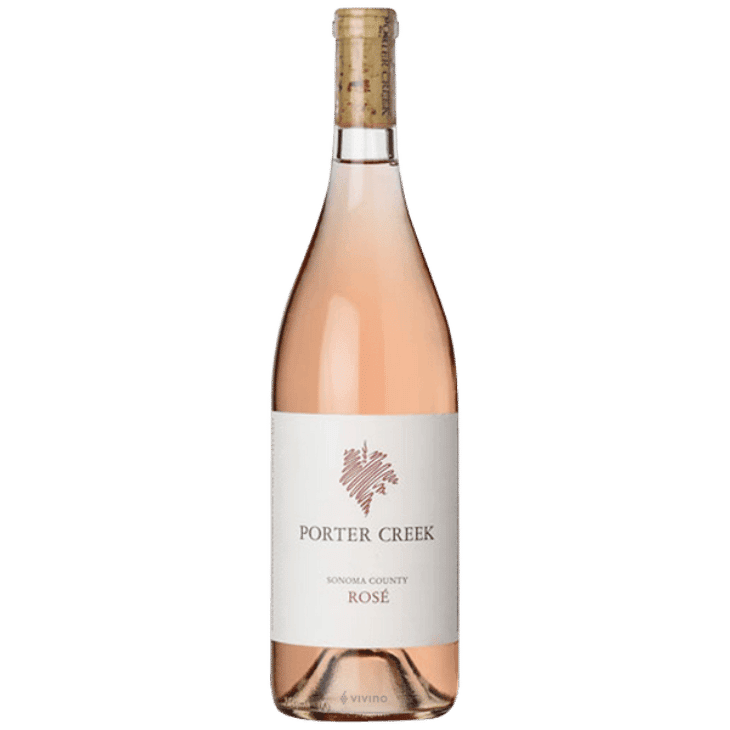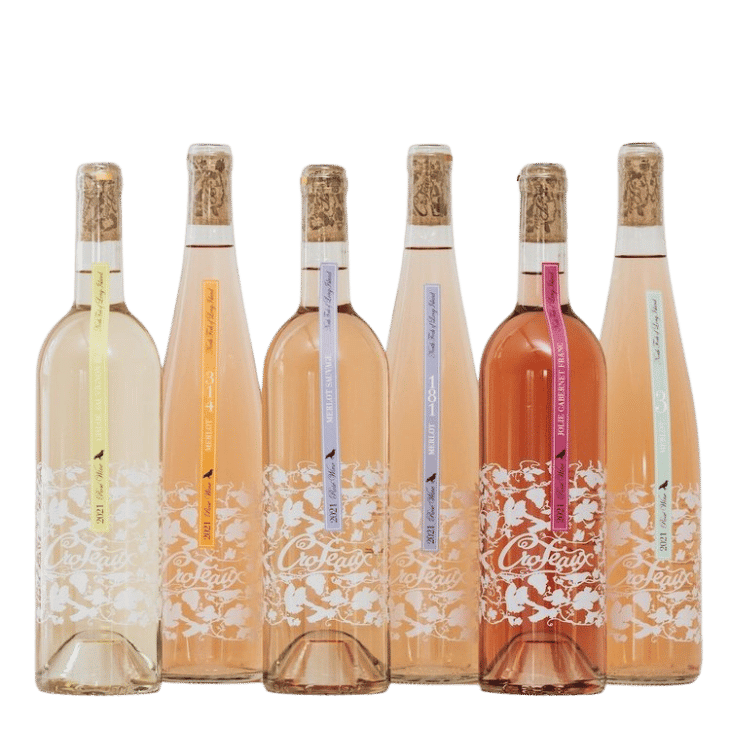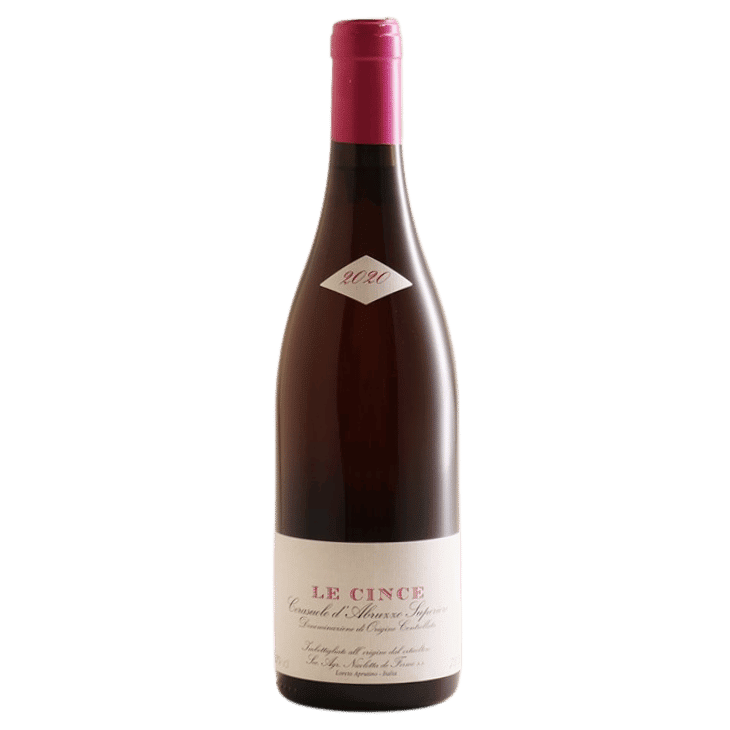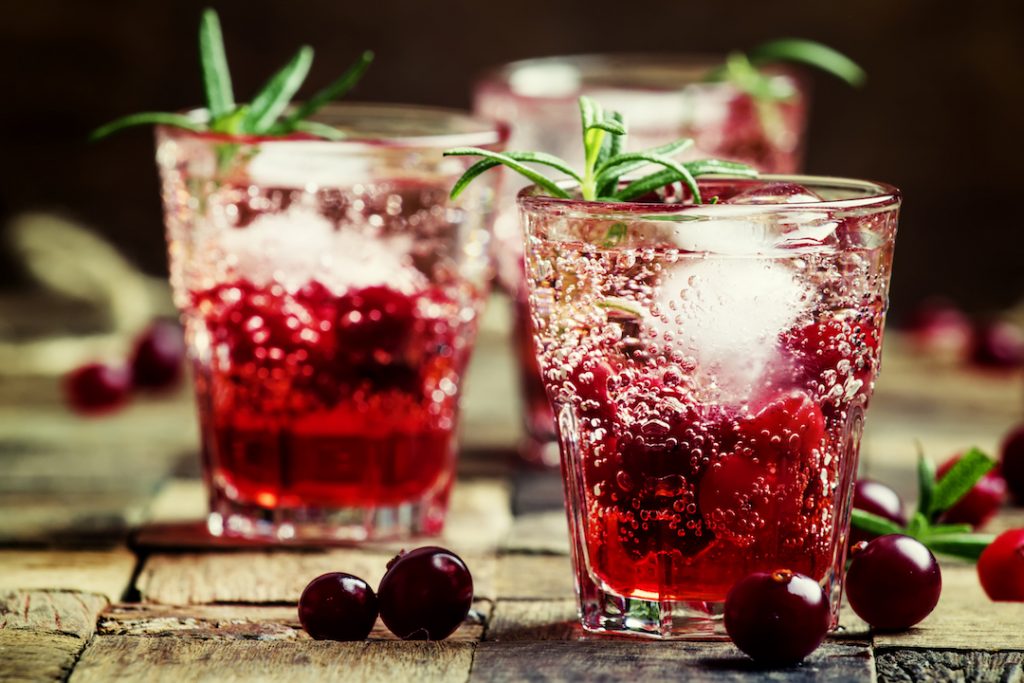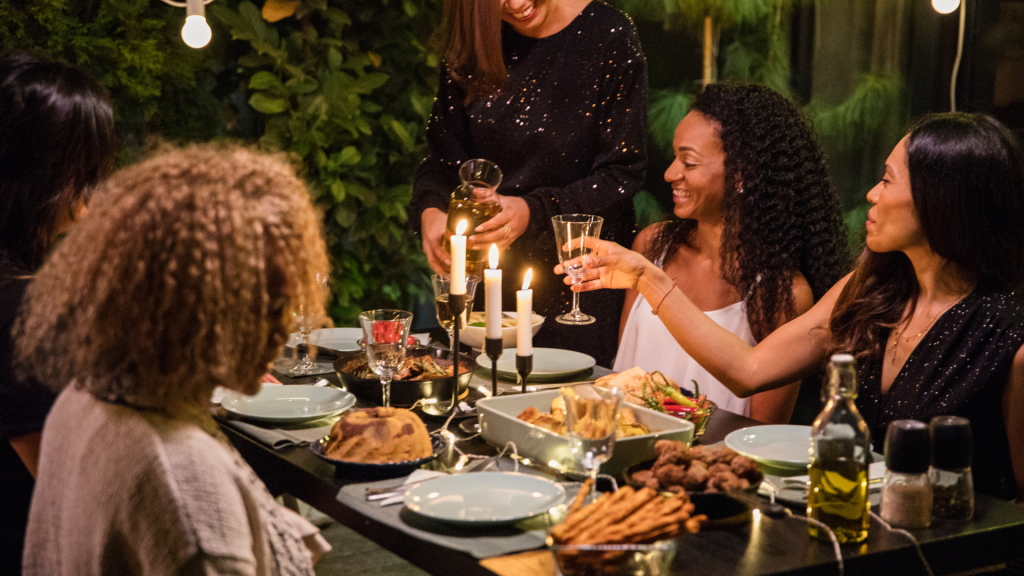ROSÉ WINE: Named for its hue, rosé wine (pronounced rōˈzā) is an alcoholic drink made from fermented grape juice, characterized by a pinkish color and found in a broad spectrum of tints, tones, and shades.
Have you been sipping on the same rosé all summer? Ready to wake up your tastebuds with something new?

A Brief History of Rosé Wine
First, a litte info about rosé. Since as long as humans have been making wine, we’ve made rosé wine. See, a wine’s color comes from the skins and the time the grape juice spends in contact with them. So, before nifty equipment to easily separate juice from skins, everything fermented together in the same vessel. If you made wine with grapes with moderately colored skins, the wine was moderated colored. And that moderate color was usually pink.
But How Do They Do it Now?
There are different ways to make rosé wine and they fall under three general methods. All can produce high or poor quality expressions, with the first being the most common technique for high quality.
1. Limited skin contact:
Red wine grapes farmed and picked expressly for the purpose of making rosé wine. There is brief skin contact time, sometimes a little as a few hours, up to two days. A variation of this method is direct pressing. Here, vintners extract the juice of red grapes straight away, with no maceration time. However, the skins still come in contact with the juice during pressing and the pressing method itself expels color from the skins. Direct pressing usually produces the lightest colored expressions of rosé wine.
2. Saignée (pronounced sônˈyā):
From the French word meaning “to bleed”, this method developed out of a desire to craft more deeply colored red wines. During the beginning of maceration, the winemaker bleeds off a small portion (10-15%) of the juice. This results in a higher ratio of grape skins vs juice in the tank, giving more color extraction to the final product. Seen as byproduct, this bleed off was often poured down the drain. Then, some innovative winemaker said, “Hey, why are we disposing of this perfectly good grape juice? Let’s ferment it and sell it!” The quality of rosé wines made utilizing the saignée technique depends on the vintner view of the bleed off as a true byproduct, or something cherished.
3. Blending:
This one is pretty straightforward. Mix finished red and white wine together to achieve a particular pinkish tint. This technique is not common in the realm of craft rosé wine production. Bulk wine producers have more control and ability to replicate the color of their product when using this method. As such, mass-produced rosé wine is usually blended.
So All Blended Rosé is Bulk Wine?
No, not all. While combining red and white wine is prohibited in nearly every Protected Designation of Origin in Europe, there is one place where it is permitted.
In fact, some of the most prized wines in the world fall into this category…
Rosé Champagne.
A bottle of ’88 Dom Perignon P3 Plenitude Brut Rosé (a blend of Pinot Noir and Chardonnay) currently fetches roughly $7,000 for a 750ml bottle.
Leave it to the French to defy the rest of the wine world, and leave it to the Champenoise to defy the rest of France.
How to Enjoy Rosé Wine
We love it with a slip-and-slide set up on the lawn on a hot summer day. We love concocting a batch of “Watermelon Frosé” to share with company on days like this… Speaking of, rosé wine accompanying a plate of assorted melon with narrow strips of prosciutto wrapped ’round… *drools* We’ve enjoyed it while rocking on the porch as the sun sets, listening to Poolside’s rendition of Harvest Moon. Also on a lazy Sunday afternoons, binging Netflix romantic comedies. Any light-hearted and pleasant setting describes the perfect pairing for a bottle of rosé.
Rosé Wines We’re Loving Right Now…
Here are a few of our favorites as we close out the blistering summer and actually can sit on the porch and enjoy them for a change.
The Crafty Cask’s Picks
Jax Y3
Rose of Pinot Noir
“This wine is a true Vin Gris Rosé. Harvesting the vineyard in the early morning hours to preserve acidity, the fruit was whole-cluster pressed and fermented in 100% stainless steel. This method allows for little to no skin maceration producing a delicate, pale pink wine. Fermenting in stainless steel at cool temp allows the Pinot Noir to retain its innate bright strawberry characteristics and crisp acidity.” ~Jax
Porter Creek
Rosé
“This is a whole cluster pressed Rosé, which leads to lighter colored wine with a bright acid/mineral balance. Fermented dry and aged in neutral French oak barrels. Made from 80% old vine Carignane and 20% Russian River Zinfandel. Both vineyards are head pruned and dry farmed. Pairs incredibly well with a wide range of foods, yet hits the spot while sitting pool side.” ~Porter Creek
Sin Banderas
Rhône Style Rosé
“This delicately off-dry rose is both sly and playful. Delicate pink hues are complimented generously by aromas of strawberry and tropical fruits. The palate opens with a shy tartness that evolves into fruity yet florally forward rich experience, followed by a crisp and clean finish. Comprised of 40% Grenache, 30% Mourvèdre, 23% Syrah, and 7% Cinsault.” ~Sin Banderas
Croteaux Vineyards
"All of 'em!"
“At Croteaux, we make rosé and only rosé. We are the only vineyard in the United States to do so. Our wines combine the traditional tastes of southern France with the distinct seaside style and agrarian history of the North Fork. Our efforts are focused on making dry, crisp, fun-to-drink wines that are full of distinct and natural flavors. We make rosé on purpose, and it is safe to say that pink is our favorite color.” ~Croteaux
De Fermo
Cerasuolo D'Abruzzo "Le Cince"
“Le Cince” is the Italian name of the Great Tit family of birds, known for their pleasant trill. This biodynamically farmed rosato wine punches above its weight class, showing closer to a light red wine. It delivers on the cherry notes suggested by the name Cerasuolo, with some savory elements owned to the Montepulciano grape it’s made from. Delightful with barbeque.
What About You?
Had any of these before? What did you think? Aren’t they scrumptious? Any favorites of yours we should know about? Let us know in the comments below and we’ll carry on with the #roséallday fun!

